May 24, 2025 | 16:21 GMT +7
May 24, 2025 | 16:21 GMT +7
Hotline: 0913.378.918
May 24, 2025 | 16:21 GMT +7
Hotline: 0913.378.918
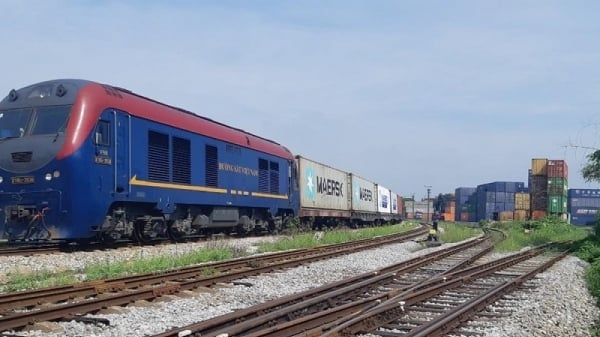
Cao Xa station is expected to operate the first international multimodal train on April 23.
The above information was confirmed by Vietnam Railways (VNR) at the Conference on "Introducing Solutions for Transporting Import and Export Goods by International Multimodal Railway" on April 3.
Accordingly, Cao Xa station is being invested in by VNR to upgrade and renovate the 80-m2 office and customs service building; build toilets; build a 5,400-m2 goods yard (broken stone aggregate structure) with systems of lighting, water supply and drainage, surveillance cameras, and fire prevention and fighting; and improve the car road to the yard.
Phase 1, ending in April 2024, will renovate and upgrade the goods yard within the boundary of land managed by the railway and meet the minimum requirements for specialized bonded yards as prescribed. Construction started on January 26.
Phase 2, waiting for investment policy approval from the Ministry of Transport, will continue to expand the Cao Xa station’s goods yard to about 10,000 m2 and invest in the new construction of related construction items to be able to deploy customs procedures at the station for import and export goods, so that this place is qualified to become an international multimodal railway station.
Cao Xa Station is currently a class 4 station at Km 50+ 870 on the Hanoi - Hai Phong railway route. It is near major industrial parks in Hai Duong province, such as Dai An, Cam Dien, Phuc Dien, Tan Truong, Kenmark, etc.
Hai Duong currently has foreign trade relations with nearly 100 countries and territories. By turning Cao Xa station into an international multimodal station, businesses in the area will have more solutions to import and export goods to China, Europe, Central Asia, etc.
Some experts predict that with the new transportation method, transportation time on some important routes can be shortened by 2/3 compared to traditional sea routes. In addition, businesses located in Hai Duong can carry out procedures for declaring, importing, and exporting goods right in the province.
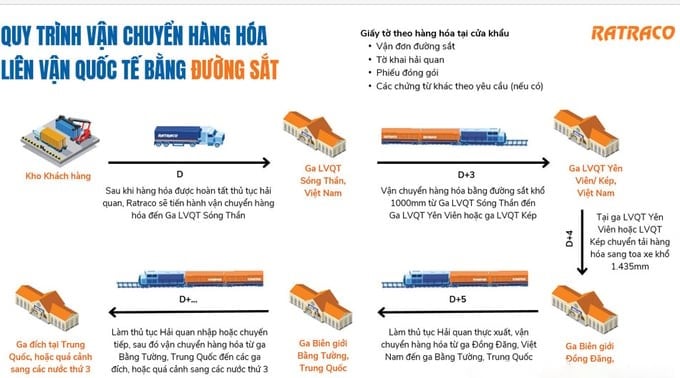
Process of international multimodal transportation of goods by rail.
VNR said that the total investment in phase 1 at Cao Xa station is about VND 60 billion. Phase 2 is expected to require an investment of more than VND 230 billion.
Before implementing the renovation and upgrading of Cao Xa station for phase 1, VNR sent a document to the Commission for Management of State Capital at Enterprises, Ministry of Transport. At the same time, the unit was approved to use the corporation's capital for investment.
VNR has calculated to build two operating routes for Cao Xa station after Cao Xa becomes an international multirmodal station. Specifically, route 1: Cao Xa international multimodal station (Hai Duong) - Yen Vien international multimodal station (Hanoi) - Kep international multimodal station (Bac Giang) - Dong Dang international multimodal station (Lang Son) - Pingxiang station (Guangxi, China). From here, go deep into China or transit China to Central Asian countries, Russia, and the EU.
Route 2: Cao Xa station (Hai Duong) - Lao Cai international multimodal station - Son Yeu station (Northern Hekou - Yunnan), from here change vehicles to go deeper into inland China.
VNR is urgently completing procedures to declare Cao Xa station as an international multimodal station and organize the first shipment expected on April 23 to celebrate the Liberation of the South and National Reunification Day on April 30, and International Workers' Day on May 1.
Translated by Huyen Vu Thu
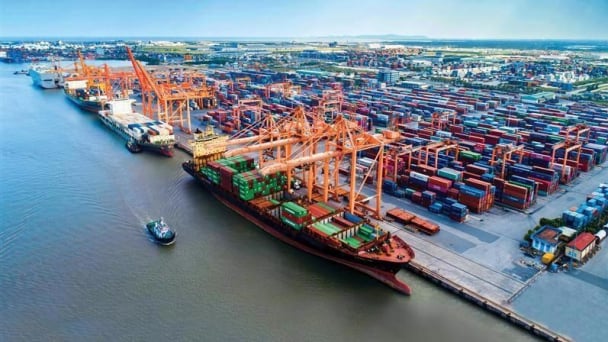
(VAN) South Korea is currently the second-largest investor in Hai Phong in terms of the number of projects (186 projects) and the largest in terms of total registered investment capital, reaching USD 14.2 billion.
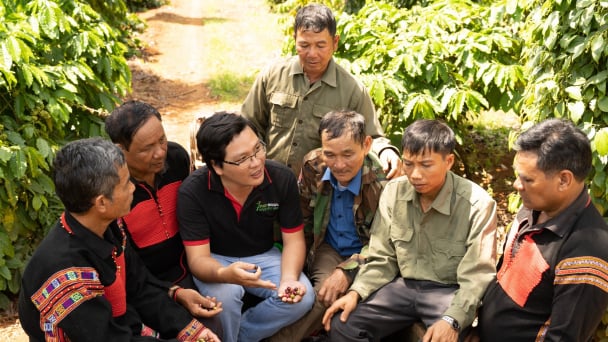
(VAN) As consumers become more environmentally conscious, legal regulations grow increasingly stringent...
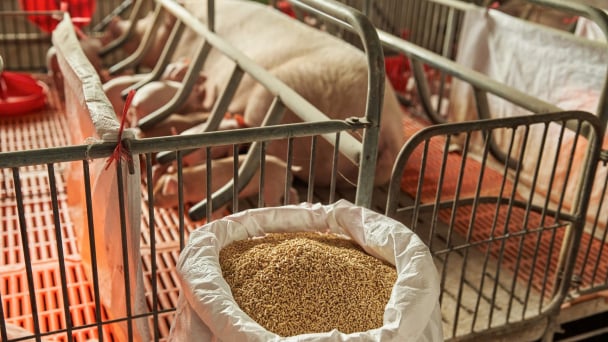
(VAN) CJ Feed&Care officially launched the FCR improvement campaign called “2025 Find Challenge Reach” in April 2025. In Vietnam, this campaign is implemented by CJ Vina Agri.
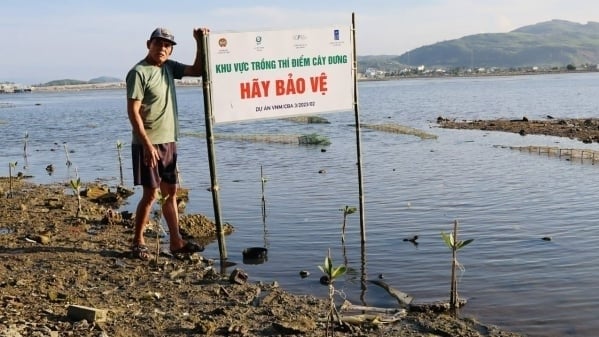
(VAN) The swamp in Pho Thanh is gradually being covered with red mangrove, creating a favorable environment for producing clean, high-quality salt.

(VAN) The trade turnover of agro-forestry-fishery products is growing significantly, along with investment cooperation commitments that are opening up new development directions between Vietnam and Russia.
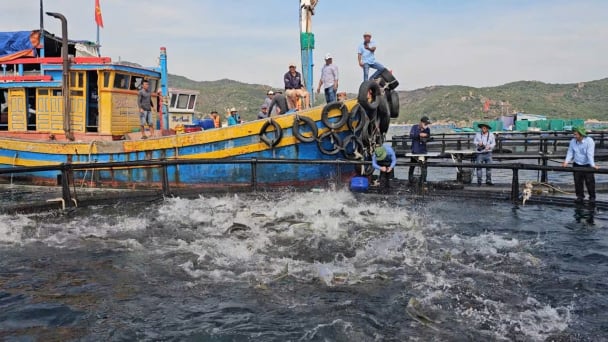
(VAN) Khanh Hoa is investing over 545 billion VND to develop 240 hectares of high-tech marine aquaculture in order to guarantee a consistent supply of seafood exports and achieve the USD 1 billion target.

(VAN) Minister of Agriculture and Environment Do Duc Duy held a meeting with Soopakij Chearavanont, Chairman of C.P. Group, on May 15.